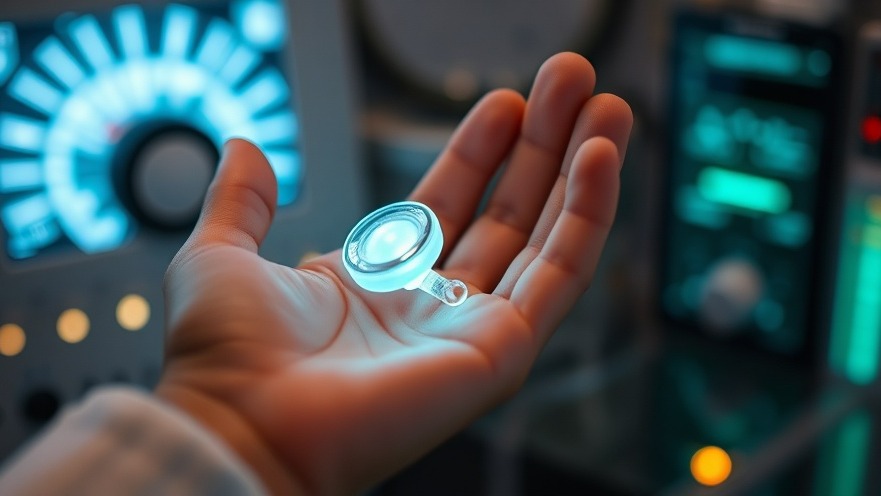
Revolutionizing Neural Interfaces with Soft Actuation Technology
Recent advances in neurotechnology are paving the way for innovative solutions aimed at treating nerve damage effectively and safely. A recent study led by Professor Sohee Kim at the Daegu Gyeongbuk Institute of Science and Technology has developed a groundbreaking device known as the soft-actuated cuff electrode (SACE). This new electrode comprises soft actuation technology, allowing it to adaptively conform around nerves, minimizing the risk of damage during use. Published in Advanced Materials, this research could herald a new era in bioelectronic devices, including electroceuticals designed for peripheral nerve treatment.
The Challenges with Traditional Neural Electrodes
Historically, traditional neural electrodes have posed significant challenges in their application for nerve stimulation. Conventional cuff electrodes securely surround nerves but frequently require tight fastening, which can compress nerves and potentially reduce blood flow, leading to nerve damage. This issue is exacerbated due to the smooth, wire-like structure of nerves, which often leads to slipping or rotating of the electrodes.
The need for continual contact without excessive compression has driven researchers to seek novel solutions.
A Soft Solution for Enhanced Safety
The development of the soft-actuated cuff electrode presents a novel approach to mitigating these challenges. By allowing the device to bend and conform around the nerve without needing sutures—a critical aspect for chronic applications—this technology promises secure fixation with minimal nerve contact. Notably, researchers incorporated a three-dimensional convex design that reduces the direct contact area while enhancing adhesion, allowing for clearer and more accurate neural signal detection.
Implications for Peripheral Nerve Treatment
This advancement is especially pertinent as the demand for effective solutions for peripheral nerve injuries increases. According to recent data, millions of individuals worldwide suffer from peripheral nerve damage. Current treatments often have limitations, highlighting the need for innovative technologies that can mitigate risks and enhance therapeutic effectiveness.
Future Predictions and Opportunities
The potential applications of the soft-actuated cuff electrode technology are vast. As Professor Kim noted, this new design introduces a fresh concept of cuff electrodes that promises to improve quality neural signal monitoring over time. Thus, we may witness an expansion of soft bioelectronic devices encompassing a wide variety of functions, from chronic pain relief to rehabilitation therapies for patients with nerve injuries.
Statistical Foundations of Device Performance
Long-term studies conducted on the SACE have confirmed its safety and efficacy in accurately monitoring neural signals without causing damage. Device adhesion and stability over time will be critical metrics for assessing its long-term applicability, particularly in chronic implant scenarios. These outcomes can significantly impact patient outcomes, making this technology a beacon of hope for practitioners and patients alike.
Conclusion: Embracing the Future of Neurotechnology
As we continue to explore the frontiers of neural interfacing and soft bioelectronics, practitioners must stay informed about these advancements. The soft-actuated cuff electrode presents an exciting breakthrough that may reshape the treatment landscape for peripheral nerve damages. Concierge health practitioners should consider how these innovations can enhance patient care and outcomes by integrating the latest technology into their practices.
Are you ready to revolutionize your practice with the latest in neural interface technology? Stay informed on emerging trends and technologies to enhance your patient care.
 Add Row
Add Row  Add
Add 






Write A Comment